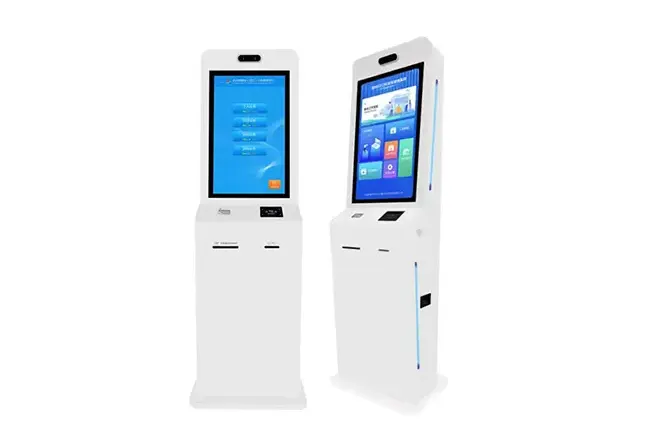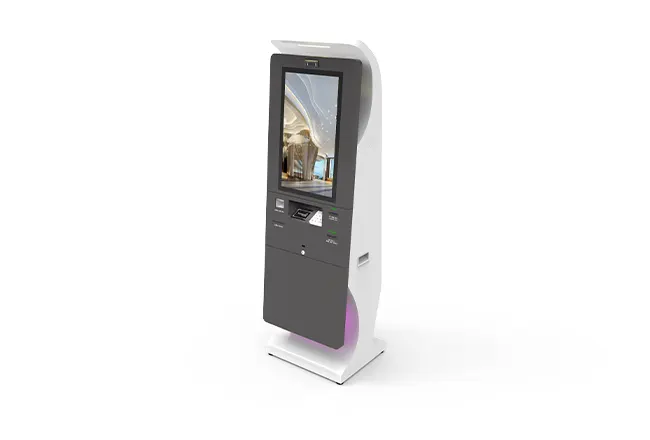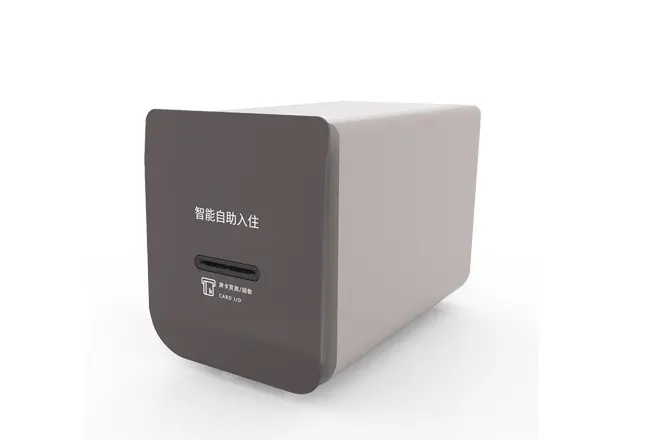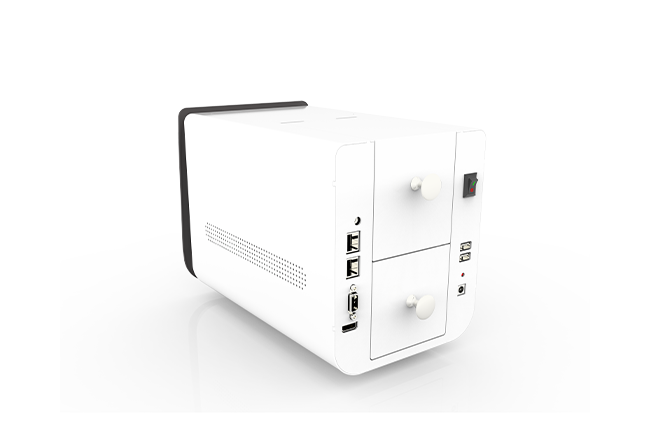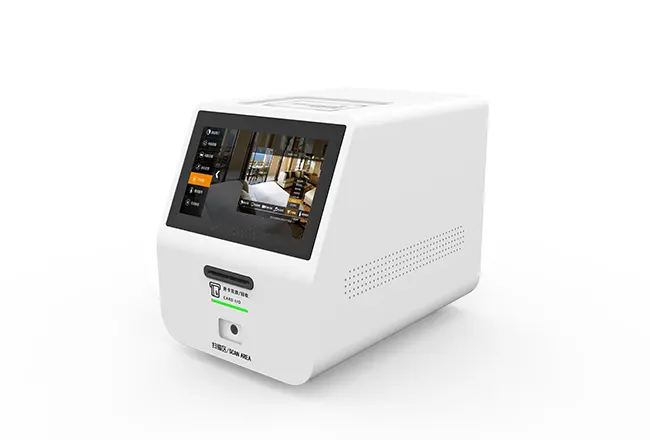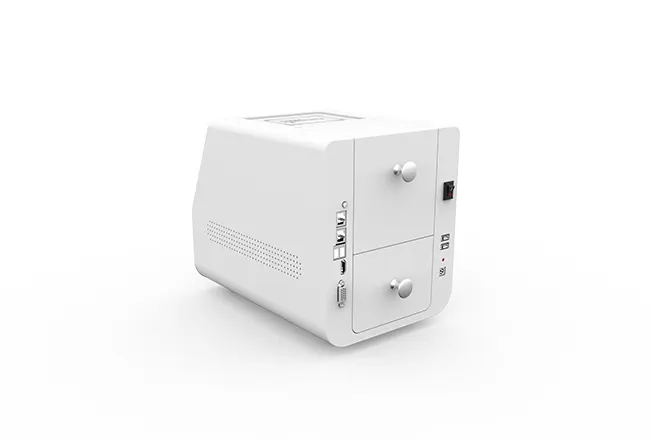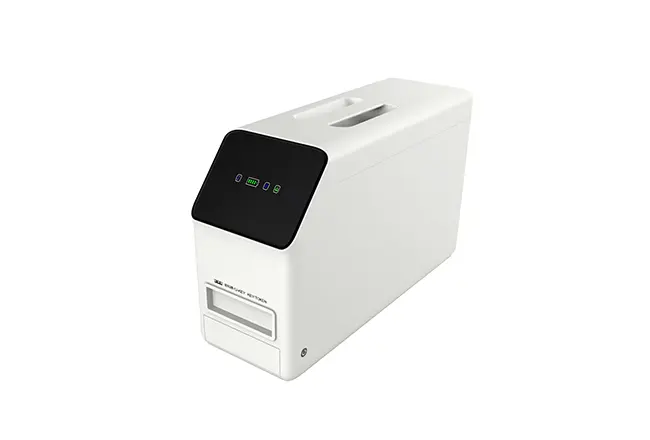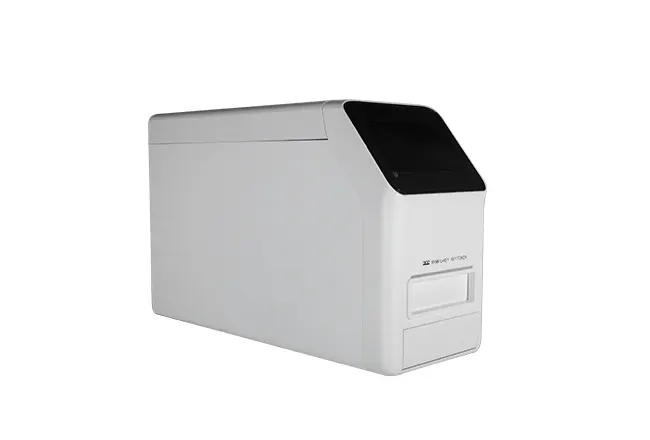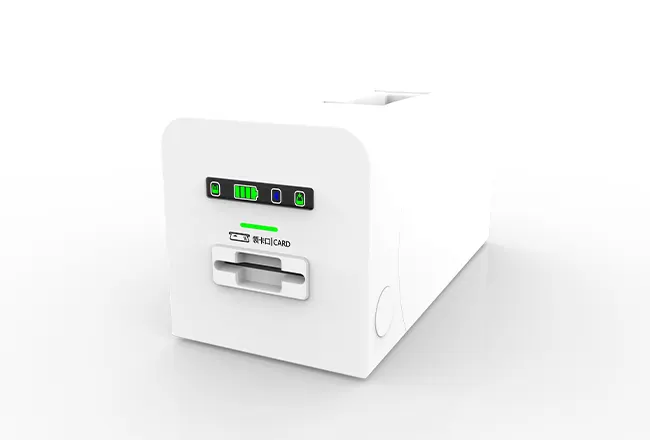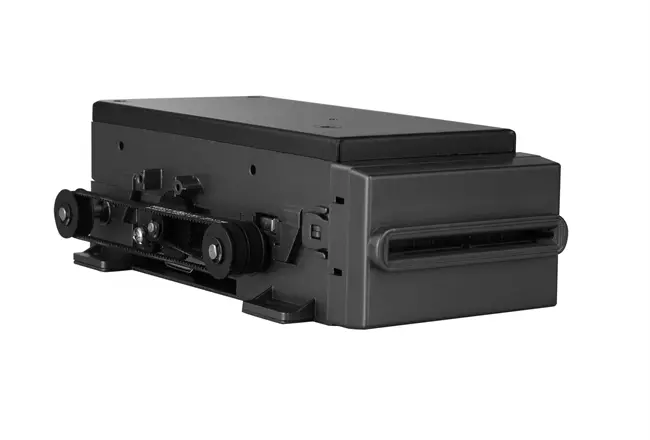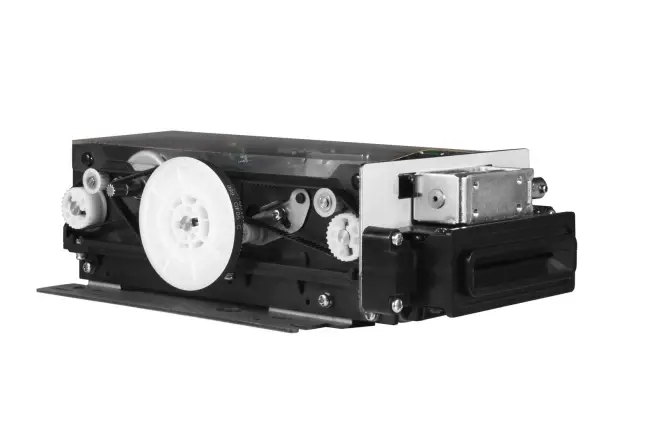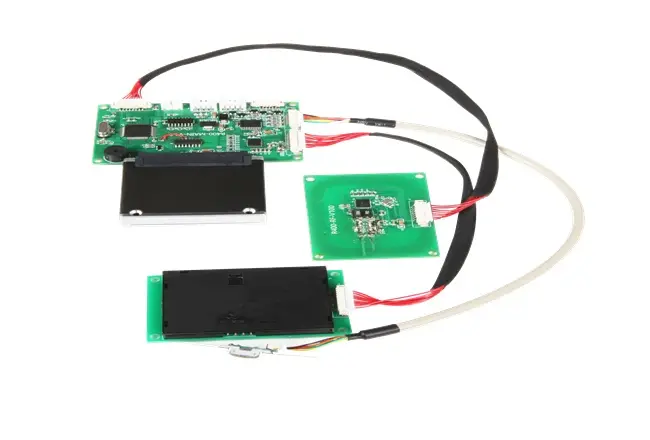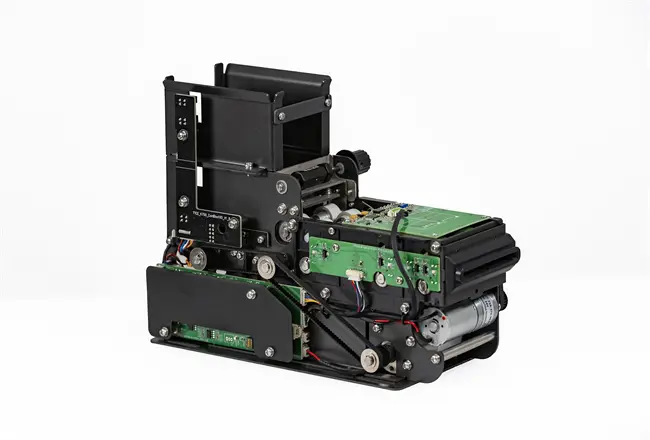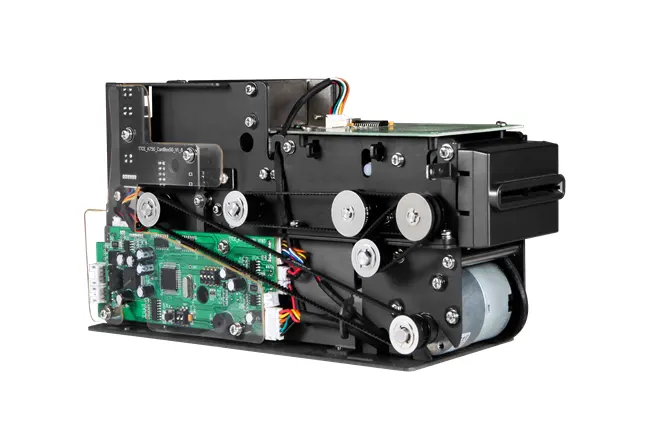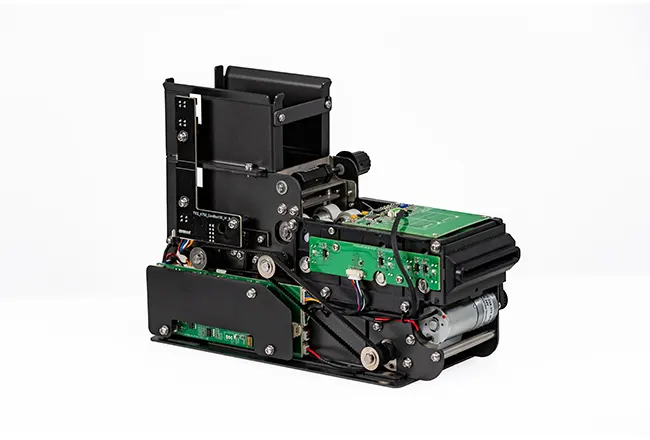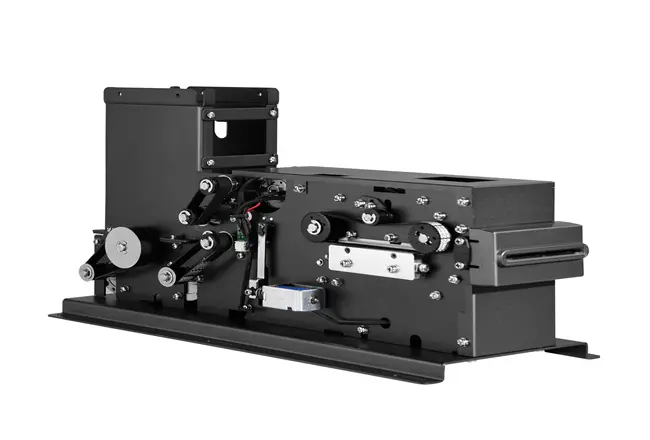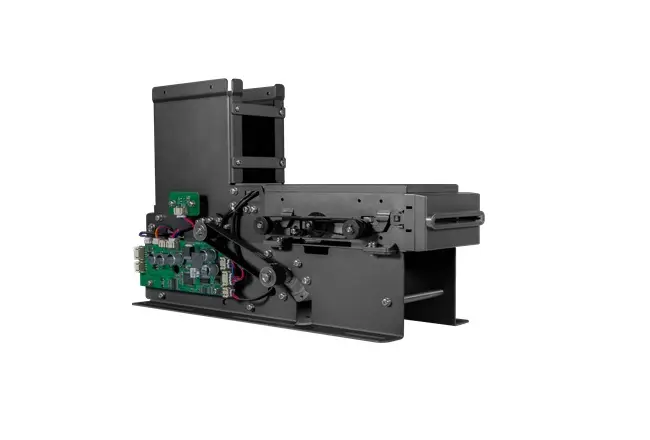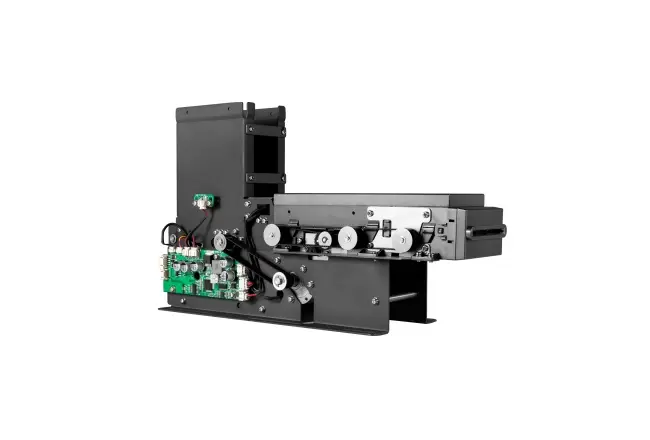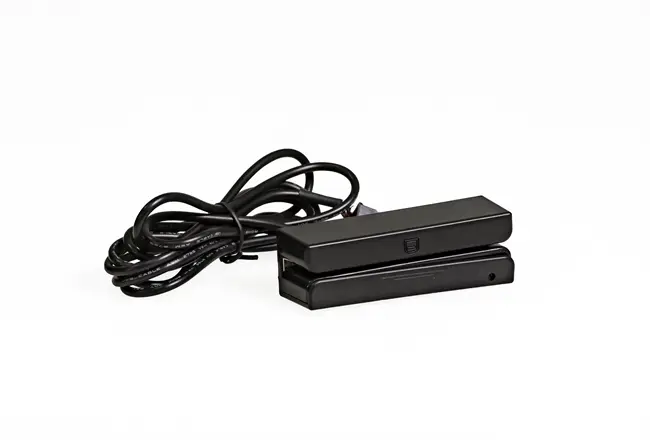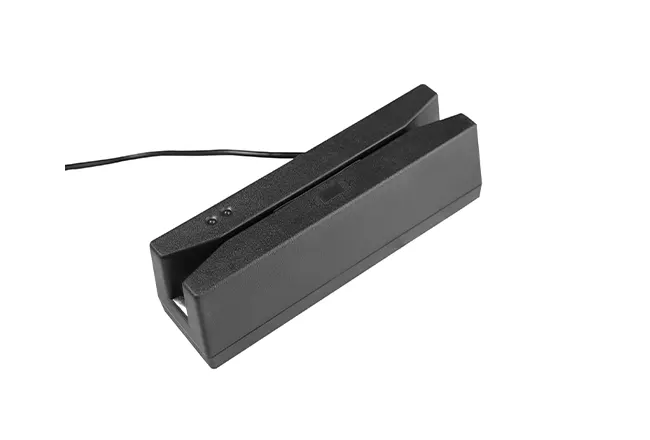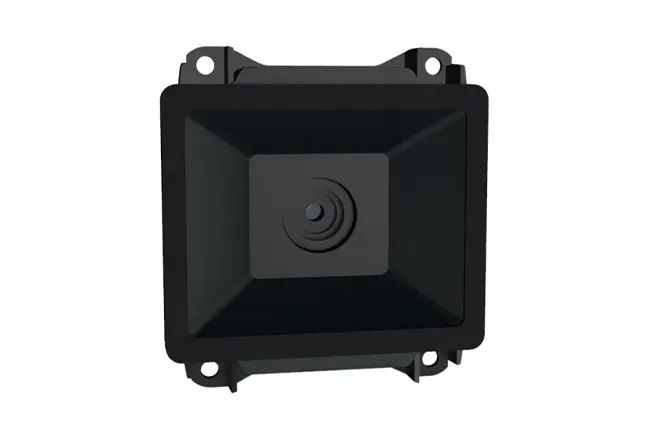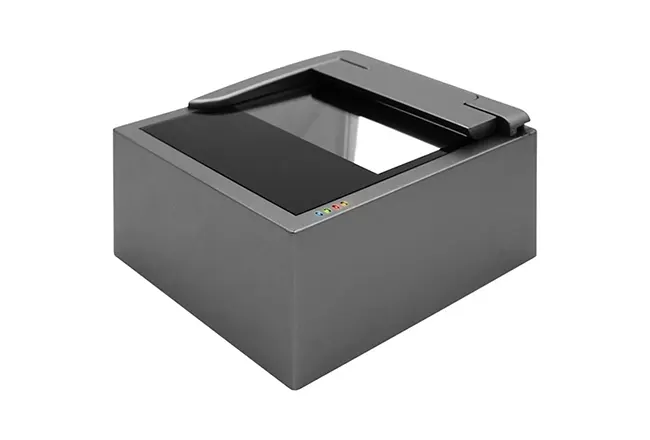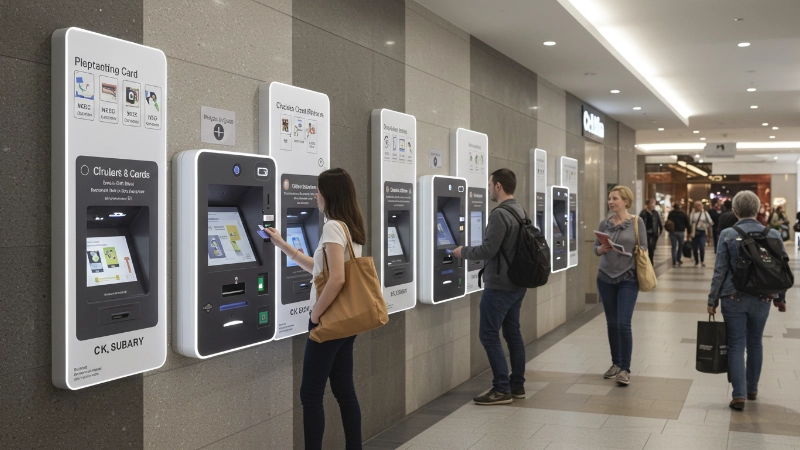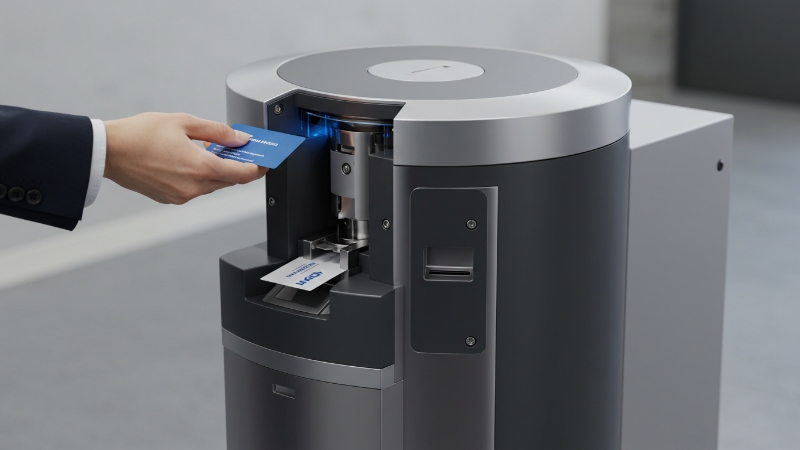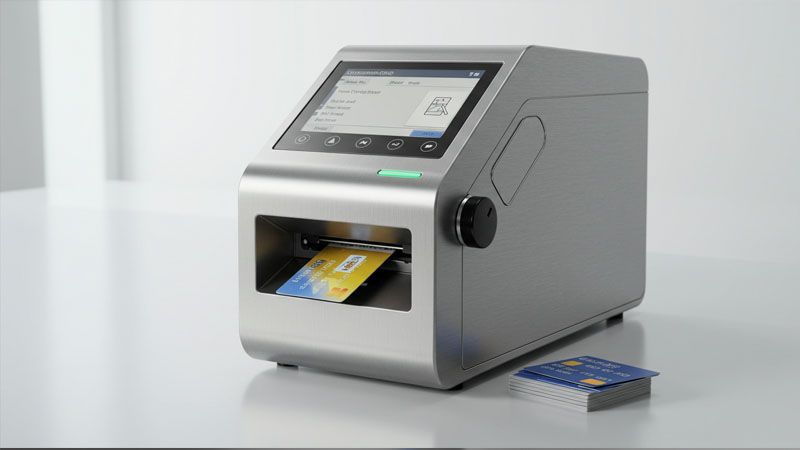Blog Related
How a New Card Dispenser Mechanism Is Accelerating Checkout Lines
2025-06-23Stand in a busy supermarket on a Saturday afternoon and you can almost feel the tension in the air. Shoppers check their phones, children fidget, and everyone watches those little moments when the cashier reaches for the next loyalty card or gift card. It seems tiny - maybe two seconds, maybe three - but when hundreds of customers file through every hour, those seconds turn into minutes, and minutes turn into lost sales. That lag has never been the headline villain of retail, yet engineers have treated it as a silent emergency. Their solution is the card dispenser mechanism - a mouthful of a term for a machine so small you might overlook it beneath the counter. Slide in a stack of RFID, magnetic-stripe, or even SIM cards, and the device spits out one perfect piece of plastic on demand. The best part? It does so before a shopper can even wonder what's taking so long.
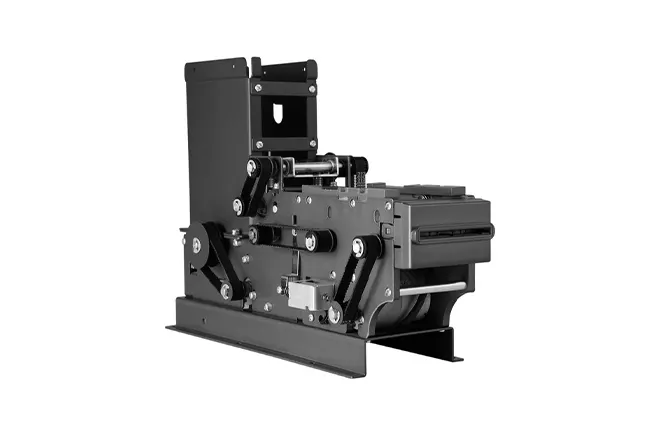
People first saw the latest generation in action at a trade-show demo booth. The presenter placed a warped metro card, a pristine hotel key, and a chunky composite membership card into the loader. One tap on the console and - zip, zip, zip - each card glided out as neatly as if a practiced cashier had handed it to you. That smooth choreography is no accident; it's the product of countless tweaks aimed at shaving fractions of a second off each cycle while refusing to jam or cough up double cards.
Inside the TTCE-D1801
At the center of this new wave sits Tianteng's TTCE-D1801, a model purpose-built for high-traffic venues. The company likes big, industrial names, yet the real magic hides in tiny details you rarely see in a brochure. Here's what separates the TTCE-D1801 from yesterday's boxy dispensers:
✅ Anthropomorphic friction feed: Instead of a single rubber wheel that drags cards forward, the mechanism mimics a thumb-and-forefinger pinch. That human-like motion grips irregular or slightly bent cards better than classic rollers ever could.
✅ Six-level card-distance dial: Twist a knob, and you change the clearance to match card thickness - from flimsy disposable tickets to thick multi-layer IDs. No tools, no disassembly.

✅ CNC-calibrated guide rails: Computer-controlled machining keeps rail tolerances so tight that sideways wiggle simply disappears. Less wiggle means fewer jams, and fewer jams mean happier staff.
✅ Modular card box: Need 200 cards for a pop-up kiosk or 600 for a theme-park gate? Swap the magazine in seconds. It feels like sliding a battery pack into a camera, only lighter.
✅ Smart alerts that actually help: Green for normal, amber for “cards running low,” red for trouble. The unit also pushes those alerts to the POS screen, so workers see the warning before a line grinds to a halt.
All of those features ride on one mission: make a card dispenser mechanism so predictable that management can build staffing schedules and service contracts around it. In stress tests, the company hurls dust, cold, heat, and even static shocks at the machine. The housing's industrial-grade coating laughs it off, and the internal circuitry keeps right on ticking. If you've ever watched an outdoor kiosk die in midsummer sun, you'll understand why that matters.
Real-World Payoffs and the Quiet Future Taking Shape
So what do those fractional savings and rugged specs translate to outside a lab? Let's break it down:
✅ Retail checkout: Gift cards, store credit, prepaid SIMs - anything that used to come from a drawer now zips out on cue. When a queue shrinks by 10 %, impulse purchases at the front end often climb by almost the same margin.
✅ Banking and self-service kiosks: Customers collect fresh debit cards from a lobby machine instead of waiting for mail or lining up at the service desk. Branch staff shift to advisory roles rather than clerical hand-outs.
✅ Transit systems: Morning rush in the subway? The dispenser keeps cranking out single-ride tickets even when someone feeds it slightly frayed stock. Riders stay on the move, and station managers field fewer complaints.
✅ Access control at events and offices: When a conference suddenly needs 500 extra badges, organizers don't scramble - they just top up the cartridge and keep scanning guests through.
In every scenario the formula repeats: shorten the hand-off, respect the customer's time, and let staff focus on higher-value tasks. That's why the phrase card dispenser mechanism keeps popping up in procurement documents from supermarkets, banks, theme parks, and airports.
What's next? Tianteng hints at on-board AI that learns wear patterns and calls for maintenance before parts fail, plus integration with mobile wallets that prints a physical credential only when a user opts in. None of that changes the basic truth, though: a reliable dispenser turns the mundane act of handing over a card into a silent speed advantage. Will every shopper notice? Probably not. But they'll sense shorter lines, and they'll come back. In a market where loyalty is one swipe away, that's the edge a modern card dispenser mechanism delivers - quietly, relentlessly, one flawlessly issued card at a time.

